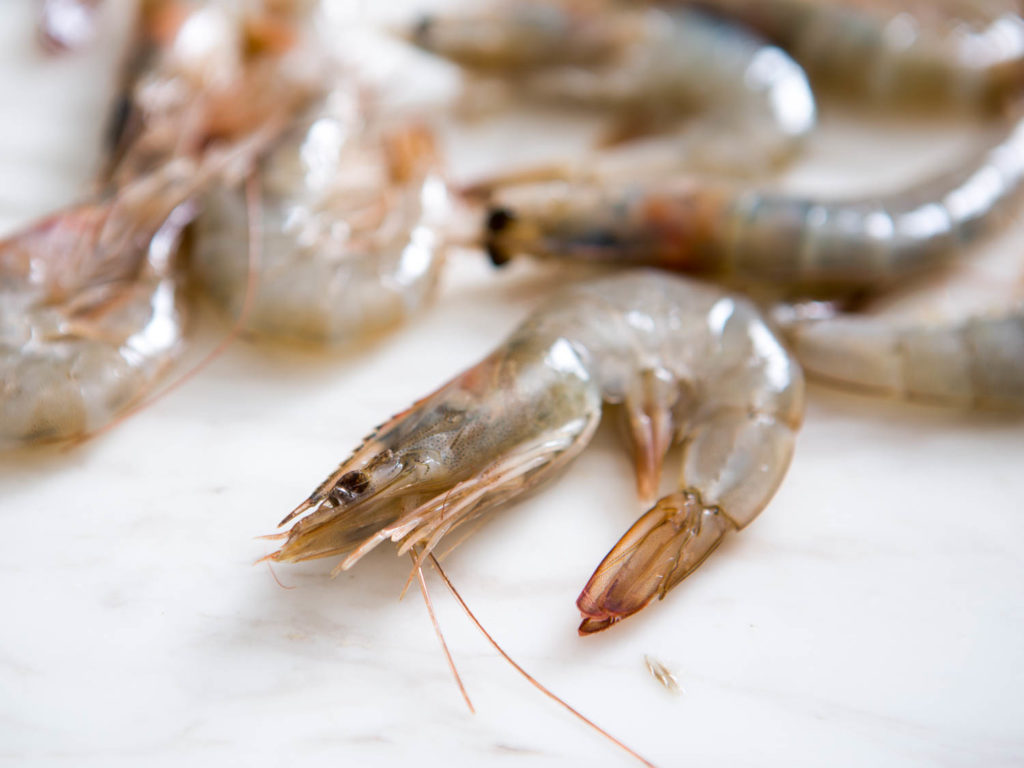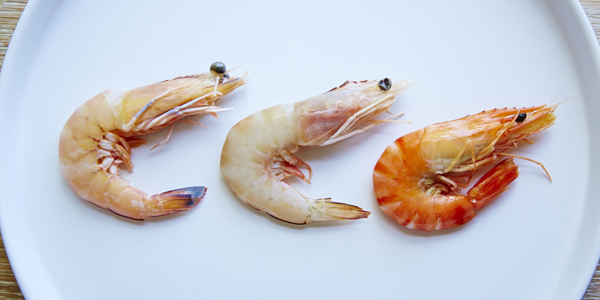Healthy food is surely what you want to eat and what you want your loved ones to have as well. Aside from fruits and vegetables, another food category that definitely gives you an idea of a healthy meal preparation is the seafood category!
There are various kinds of seafood that also comes from distinct classifications. The most common is fish. Milkfish, salmon and tuna are some of its kinds. There are tentacled seafood like squids and octopuses. There are shellfishes such as scallops and oysters. Crabs and lobsters are crustaceans. Lots of names can listed, but this piece puts the spotlight to only one seafood species: SHRIMPS!
Shrimps are certainly sought-after. They belong to the most popular and all-time favorite seafood of many people! They aren’t as common as fish, and they are more expensive too. Many styles of cooking make shrimps even more likeable and delicious, but before anything else, make sure you’re buying fresh seafood! When you go to the market, see to it that your shrimps are fresh because you wouldn’t want to eat and to feed people with stale ones!
Below are 6 things to consider so you can make sure that the shrimps you are about to buy are truly fresh:
#1: CHECK THE HEAD

If the antennae is still fastened to the head, the shrimp is less possibly to have been frozen. Black spots on the head is a sure sign that it’s not completely at its best freshness. These bruise-like portions do not exactly and do not absolutely display that the shrimps are poor or rotten, however they can tell you that there’s still room for improvement and for more freshness. There could be better choices for you than those.
#2: LOOK INTO THE EYES

Eyes say a lot about humans such as mood and health condition. With shrimps, it’s somewhat the same because you should look closely into their small eyes in order to determine the state of their freshness.
Look for shrimps with lustrous and misty or damp eyes because they are the fresh ones. Their eyes better be bulging. Neither choose nor accept shrimps with missing, dry and/or contracted and shriveled eyes. The latter are signs of the shrimps’ oldness.
#3: SNIFF THE SHRIMP

Do not hesitate to smell the shrimps first for you to know if they’re still fit and safe to be eaten. If you smell ammonia, a waste product which turns out to give off a chemical-like smell to seafood, be alert because that shrimps are not fresh anymore. With that smell, you are given a clear sign that the shrimps had already gone bad.
Any offensive odor must make you suspicious when the shrimp vendors tell you that they’re selling fresh seafood. Another sign of decay and staleness hiding under a good look is the smell of rotten egg and of chlorine. Chlorine is used to conceal displeasing odors of mishandled shrimps. It can make well-worn shrimps look and smell “more pleasing” than spoiled ones; this makes you fooled by buying stale seafood. The smell that you must get from fresh shrimps is the smell of seaweed or of seawater.
#4: SEE THE SHELLS

If you’re choosing your shrimps, it’s better to choose from the ones still shielded in their shells. Shells say something about the shrimps’ health too.
The shells must be firm, glassy, colorless and shiny. They must not be broken. Just like with the shrimp’s head, black spots on the shell and also on the tail demonstrate that the shrimp has been there for days already and/or was not washed thoroughly and duly. These are signs also that the shrimps were iced when they were yielded. These could also show that the shrimps are old and close to decomposing.
#5: SCRUTINIZE THE COLOR

You should know the shrimp color you’re looking for, so that you will know what colors tell you that a shrimp is already to be rejected. Shrimps have color variations as they also come in different kinds. They can be greenish to brown or white to grayish, but their colors really vary from one species to another, and they can be affected by many factors too, such as size, season and site of harvesting.
You may also notice dark gray, pink or red patterns on them. In particular, the tiger shrimp has black stripes, so don’t mistake those for signs of rotting. When cooked, regardless of the type, shrimps turn to reddish or pink.
#6: FEEL THE FLESH

Touching the shrimp’s flesh is another way to know whether it is fresh or not. If it’s firm and moisture-laden, it’s a good sign. Watch out for tough, brittle and dry shrimp flesh because this indicates frozen seafood.
If the shrimp’s texture is powdery or spongy, put it down; it’s not fresh, and it has been held amiss. Slimy texture is also a sign that the shrimp was actually frozen a while ago. Avoid those as well as meat that’s floppy, falling apart and worn out.
>>>
SEEK FRESH, NOT STALE
One of a kind is what shrimps are. It is truly special as it also comes in a diversity of species, sizes and rates. When cooked, you’ll see how mouthwatering they are, especially when you see them presented in a very pleasing manner and cooked in your favorite recipe styles.Every places has its own food heritage.
Always keep in mind that buying them fresh is not just highly recommended, but must be your top priority when you’re planning to have them on your dining table.
Freshness is important not only because it makes seafood look good, but most notably because it signifies that the shrimp is safe and healthy to eat. Don’t settle for stale, seek fresh seafood!










